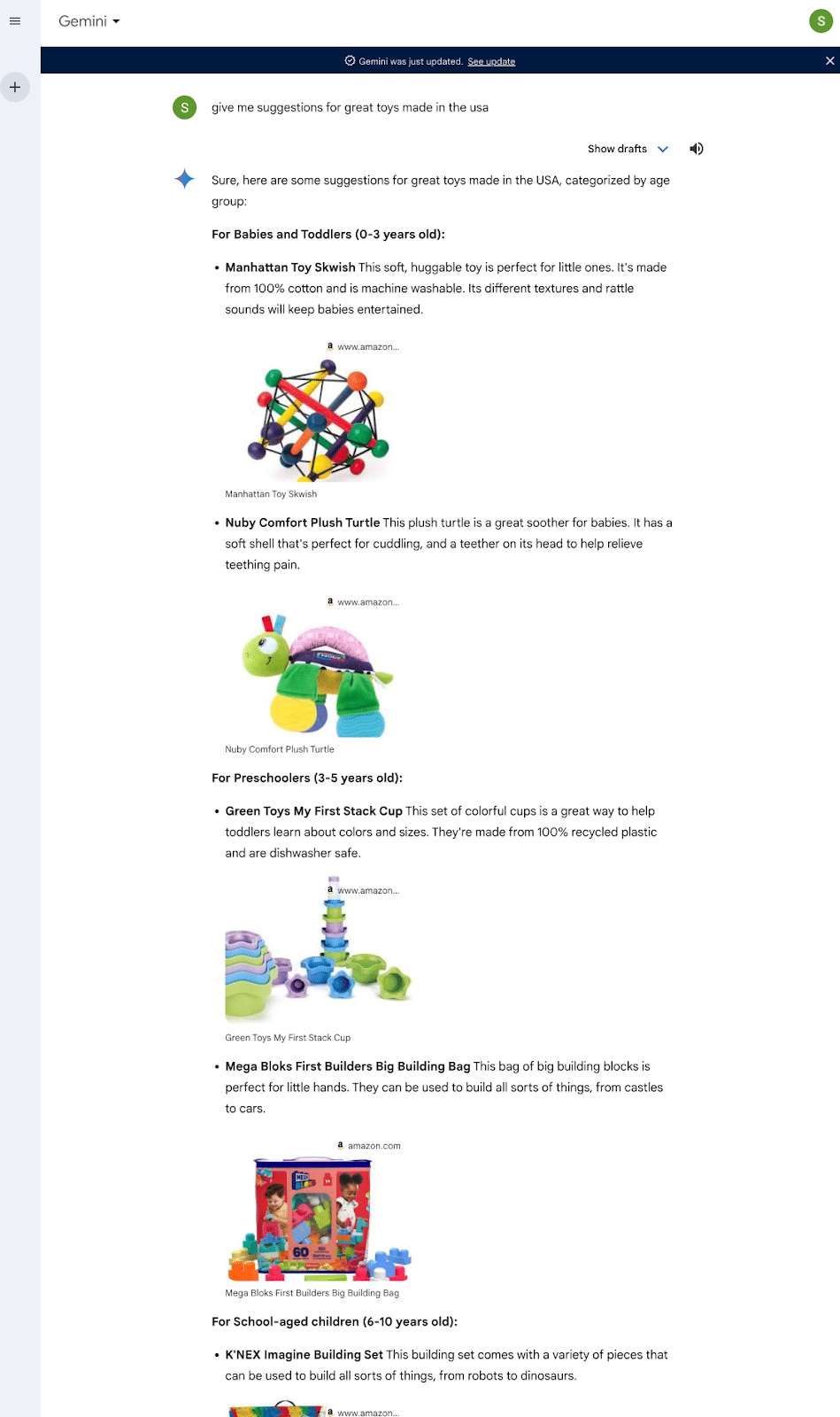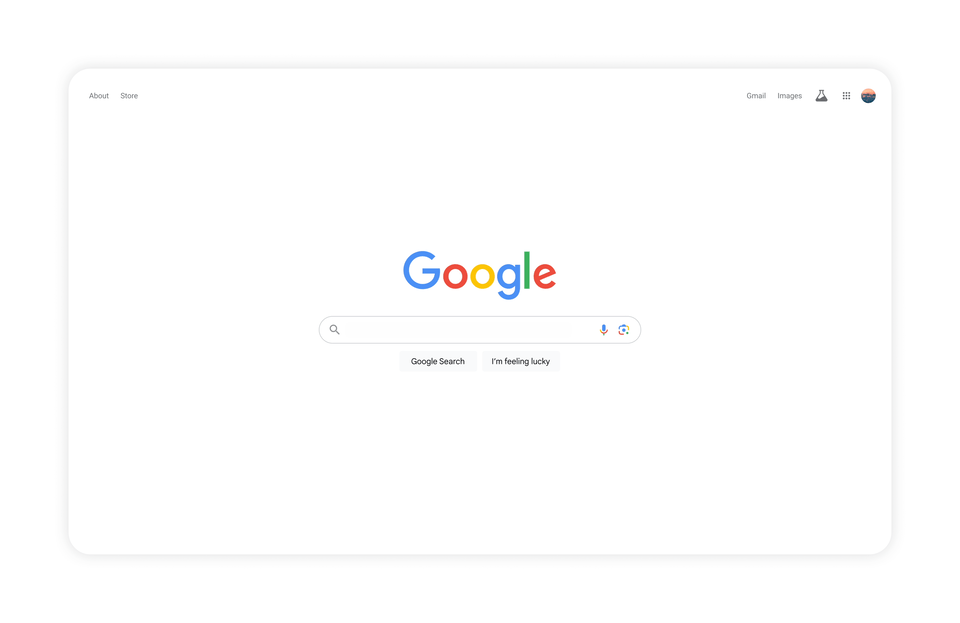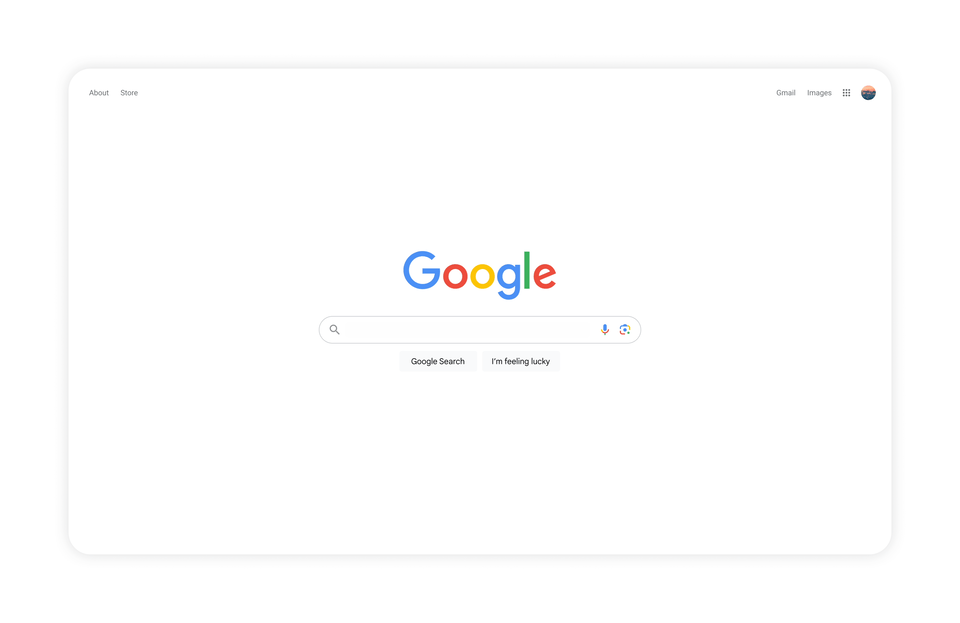
As the traditional search box becomes obsolete and the vast majority of searches shift to the extreme long tail, SEO will invariably evolve in the future.
It’s actually not such a bold prediction if you have been in the search space for a while. Data has shown time and time again that searchers don’t want to “search” but “find.” AI will finally make that happen, which is why every major tech company is shifting its focus to it.
Those of us who have been around for a while remember the PC war, the OS war, the first browser war, the smartphone war, the second browser war, the search engine war and the smart speaker war.
The AI wars will make them all pale in comparison because AI is the future to which all of those technologies pointed.
Who will win the AI wars?
At this point, it’s anybody’s guess. We know the ones who captured the early buzz, such as OpenAI’s ChatGPT, Google’s Gemini, X’s Grok and Anthropic’s Claude.
But don’t count out Apple and Amazon, which late in 2023, realized how annoyingly unintelligent Siri and Alexa were and what a goldmine they’d have if they could make them smarter. They announced their own LLMs, Ferret (now MM1) and Project Olympus.
Don’t count out the countless other AI companies. Will one of them ultimately build a better model than the big companies and either compete with them or be acquired by them? Or will the AI landscape eventually fragment so people learn to go to different LLMs depending on the subject they’re looking for?
While we don’t know exactly who the winners will be just yet, anyone who’s been in search marketing for a while knows exactly what the winning AI will eventually look like.
Follow the yellow brick road
In L. Frank Baum’s “The Wizard of Oz,” Dorothy finds herself lost and encounters three other lost souls: the Scarecrow, the Tin Woodsman and the Cowardly Lion.
Each of them is missing something.
- A brain
- A heart
- Courage
- Home
All these also happen to be what AI is missing now.
‘If I only had a brain’: Knowledge
“Some people without brains do an awful lot of talking, don’t you think?”
– L. Frank Baumm, “The Wizard of Oz”
While chatbots seem impressive today, if you ask them anything more than a surface level of questions, you’ll quickly find where they lack.
Here’s an example. As a parent, I love the idea of buying toys made in America. It supports local manufacturing jobs, local communities and I find the quality and safety to be better than toys made overseas.
I asked Google Gemini for suggestions for toys made in the U.S. Here’s what it told me.

Here’s the strange thing.
The Manhattan Toy Skwish is made in Thailand, the Nuby Comfort Plush Turtle in China and Mega Bloks, which used to be made in Canada, are now made in Mexico and China. K’NEX labels read “made in China of USA parts.”
In other words, out of six toys that Google Gemini recommends that are made in the USA, only one is. It’s the Green Toys My First Stack Cup.
OK, Google.
In fairness to Google, none of the other AI chatbots got it right. The problem is the age-old problem of “garbage in, garbage out.”
Google Gemini is tapping Amazon as one of its “authorities” on the subject. But when you go to Amazon’s own toys made in USA search results page (which happens to have ranked in the top 10 of Google’s organic results since the May 2020 core update), you’ll see that out of 75 product listings, nearly half of them are not made in the USA.
“Experience is the only thing that brings knowledge, and the longer you are on earth the more experience you are sure to get.”
– L. Frank Baumm, “The Wizard of Oz”
While Google may have gotten away with ranking sites in organic search based more on their perceived authority than objective truth, users of their AI won’t be as forgiving.
There’s a reason Google has been stressing E-E-A-T for years, and it hasn’t just been out of the goodness of their hearts. They need E-E-A-T to survive.
For a query like this, a retailer like FatBrain, which has been accurately cataloging and displaying the country of origin for all its products, will have an outsized advantage over less precise user experiences like Amazon’s.
AI models that can pull from the most accurate information will have an outsized advantage over their competition, and brands that can produce this information will, too.
‘If I only had a heart’: Empathy
“I had brains and a heart also; so, having tried them both, I should much rather have a heart.”
– L. Frank Baumm, “The Wizard of Oz”
Let’s say you had a question and you know two people who knew the answer. One is brilliant but tends to be pedantic, smug and self-absorbed. This person might give you the right answer but definitely isn’t the most pleasant person to talk to.
The other person may not know quite as much as the first, but takes a genuine interest in what you’re saying, is open-minded, patient and respectful, asks meaningful follow-up questions and doesn’t just deliver you a right answer but does it in a way that you understand and appreciate.
Which of the two would you go to for the answer? Which of the two would you want around you 24/7?
Everyone knows that SEO requires E-E-A-T. But in the coming world of AI, there’s going to be another “E,” which may be the most important factor of all: empathy.
The winner of the AI war will be a great communicator. While you can see the early attempts of AI companies to give their chatbots a “personality,” all the funniest jokes and most clever side comments will be nothing but annoying if the chatbot can’t – or won’t – understand your question.
‘If I only had the nerve’: Courage
“True courage is in facing danger when you are afraid.”
– L. Frank Baumm, “The Wizard of Oz”
In 1998, when Yahoo was at its pinnacle of power, Rick Skrenta and Bob Truel created GnuHoo in response, which later became DMOZ. Yahoo was dominant at the time, and many of us feared that the free and open nature of the Internet would be threatened by any one corporation controlling it.
In 2002, Dave Hyatt, Joe Hewitt, and Blake Ross started what would become Firefox in response to the increasing pressure of Netscape’s commercial requirements. It later became a bulwark against Microsoft when Internet Explorer won the first browser war.
Ironically, Google eventually controlled and shaped the web by dominating both. Today, Alphabet, Apple, Amazon, Meta and Microsoft (through OpenAI) seem to be looking to control and shape AI.
Those of us in the search space have witnessed how Google has evolved. While updates like Medic in 2018 did a lot of good in suppressing potentially dangerous YMYL sites, there are lingering questions of whether Google has too much power to elevate established (“authoritative”) voices and drown out legitimate voices in the minority.
Google’s recent missteps with Gemini further illustrated the potential of what might happen if Google’s internal biases have too much influence on the training and testing of its AI.
When the United States was established, its founders rooted it in classical liberal principles. All humans are created equal. All humans are born with certain rights, including the freedom to speak, assemble and worship as they please. Those on earth who wielded the greatest power were not to infringe on these rights.
With direct control over the information that 99,000 people a second ask around the world, Google arguably has more power than any government on earth today. The power that whoever wins the AI War will have will be much greater.
Will the winners of the AI war set their principles on classic liberty (i.e., “I may not approve of what you say but I will defend the right to say it”)? Or, to maintain “order,” will they do what so many totalitarian regimes have done in world history by suppressing voices that don’t agree with them, especially those who challenge their power?
Just as it took courage for America’s founders to do what they did – and 250 years later, we are still enjoying the blessings of liberty that they put in place – it will take courage for the winner of the AI war to do the same – or for another DMOZ or Firefox to arise to challenge them.
Home
“No matter how dreary and gray our homes are, we people of flesh and blood would rather live there than in any other country, be it ever so beautiful. There is no place like home.”
– L. Frank Baumm, “The Wizard of Oz”
I’ll end with the same bold prediction I started the last article with.
Traditional search is going the way of TV, newspaper and radio advertising. At one time, those were the dominant advertising media. They’re still relevant today, but they have a small fraction of the influence they once had.
What will the “new search” look like? It’ll be people asking their robot for an opinion and the robot giving them the best possible answer. No clicks, no SERPs, no ads.
Oh, AI companies will try to inject ads into their answer, but you’ll drop that AI faster than you drop your friend, who takes every conversation to try to sell you into their latest MLM venture.
How do you compete in this new world? How do you survive and thrive as a brand in a world where all searches are zero click, all SERPs are a single result and people won’t be able to skip or block your ads because there won’t be ads to skip or block?
The ultimate solution is to go back to 1993, the year before Yahoo was founded.
Build your brand.
Search engines like Google were always just supposed to be a way to get customers into your door. From there, it was really up to you to win them over to your brand and earn their loyalty so the next time they search, they’ll bypass Google and go directly to you.
In online marketing terms, if you look at your website traffic and see that your direct traffic is growing, you’re in good shape. But if your direct traffic has been shrinking while your traffic from other channels is growing, you’re in trouble.
In 1993, businesses grew by building great products, taking care of their customers and relying mostly on word-of-mouth to promote their brands.
In 2024, the most successful businesses still do it this way.
When I asked ChatGPT, Grok and Gemini where the best place to buy books is, they all mentioned Amazon. Why? Because they’d look foolish if they said anything else.
Amazon didn’t pay the AI models to mention them, and the latter didn’t arbitrarily decide to promote Amazon. These AI models looked around them and saw that more people buy books from Amazon than anywhere else and that people generally have good things to say about their experience.
There is one thing that will always be more powerful than AI, and that’s free and independent human thought.
If you want to be known as the best widget company, your job is not to convince AI or even Google that you’re the best. Your job is to convince your customers. Like any other expert, AI’s opinion will be questioned if it capriciously contradicts public opinion.
In fairness to Google, every bit of SEO advice they’ve ever given was always about building your brand, from title tag optimization to Core Web Vitals to building links to E-E-A-T. These are all things you should have always been doing as a brand, not for Google’s sake but for your customers.
Assuming that the winner of the AI wars has a good brain, a good heart and courage, we’ll be back home to a place where building your brand is back to being the most important ranking factor – which it always was.
Dig deeper: Modern SEO: Packaging your brand and marketing for Google
Original source: https://searchengineland.com/navigating-ai-wars-winning-seo-strategies-for-brands-440564












